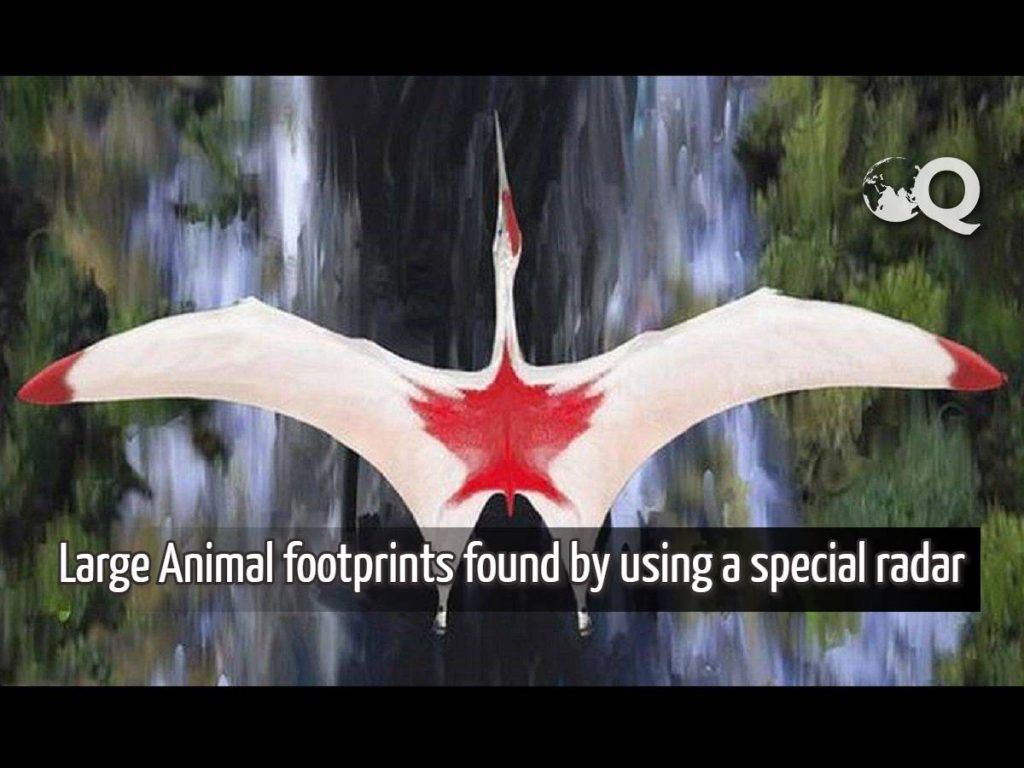The ‘ghostly’ footprint hid under the ice!! Researchers recently discovered these marks using a special kind of radar. According to a study published in the Scientific Journal Reports, the fossils revealed great information about how humans and animals lived and interacted with each other 12,000 years ago.
Thomas Urban, the study lead author of Cornell University in the US, said, “We never thought to look under footprints, but it turns out that the sediment itself has a memory that records the effects of the animal’s weight and momentum in a beautiful way”.
Researchers examined the footprints of people, mammoths and giant sloths at the White Sands National Memorial in New Mexico.

Using ground-penetrating radar (GPR), they had been able to trace people and giant sloths vertebrates in that area.”But there are bigger implications than just this case study,” said Thomas Urban.
He also said, “It gives us a way to understand the biomechanics of extinct fauna that we never had before“.
Thomas Urban also added, “The technique could possibly be applied to many other fossilized footprint sites around the world, potentially including those of dinosaurs. We have already successfully tested the method more broadly at multiple locations within White Sands”.
His study co-author Sturt Manning said, “While these ‘ghost’ footprints can become invisible for a short time after rain and when conditions are just right, now, using geophysics methods, they can be recorded, tracked and investigated in 3D to reveal Pleistocene animal and human interactions, history, and mechanics in genuinely exciting new ways“.
GPR on Ghostly Footprint Founding
GPR is a method in which researchers can discover hidden information without the need for excavation. The sensor is a kind of antenna that transmits radio waves from the surface to the ground. The signal is pushed back from the ground and shows an image of what’s underneath. The ghostly footprint discovery about this is also an interesting fact in the modern age.




